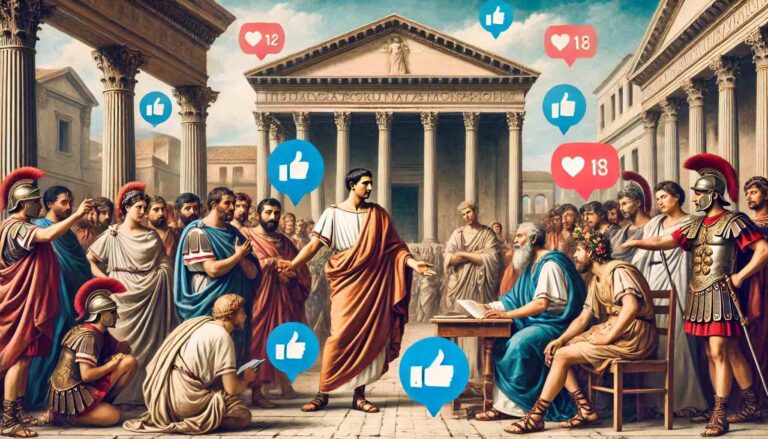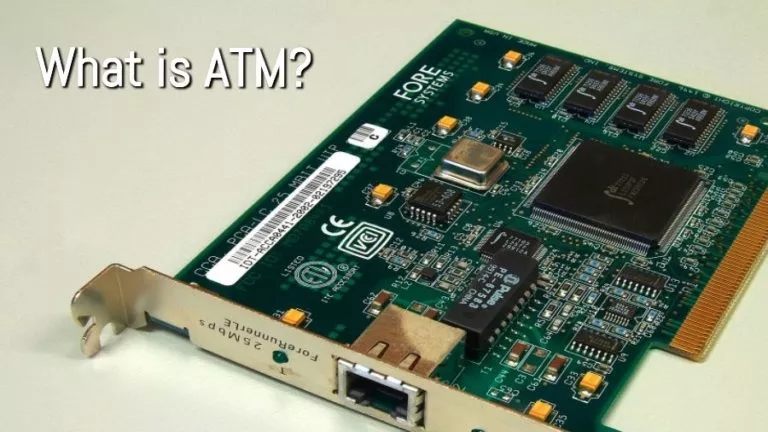What Is GNOME? Here’s Everything You Need To Know
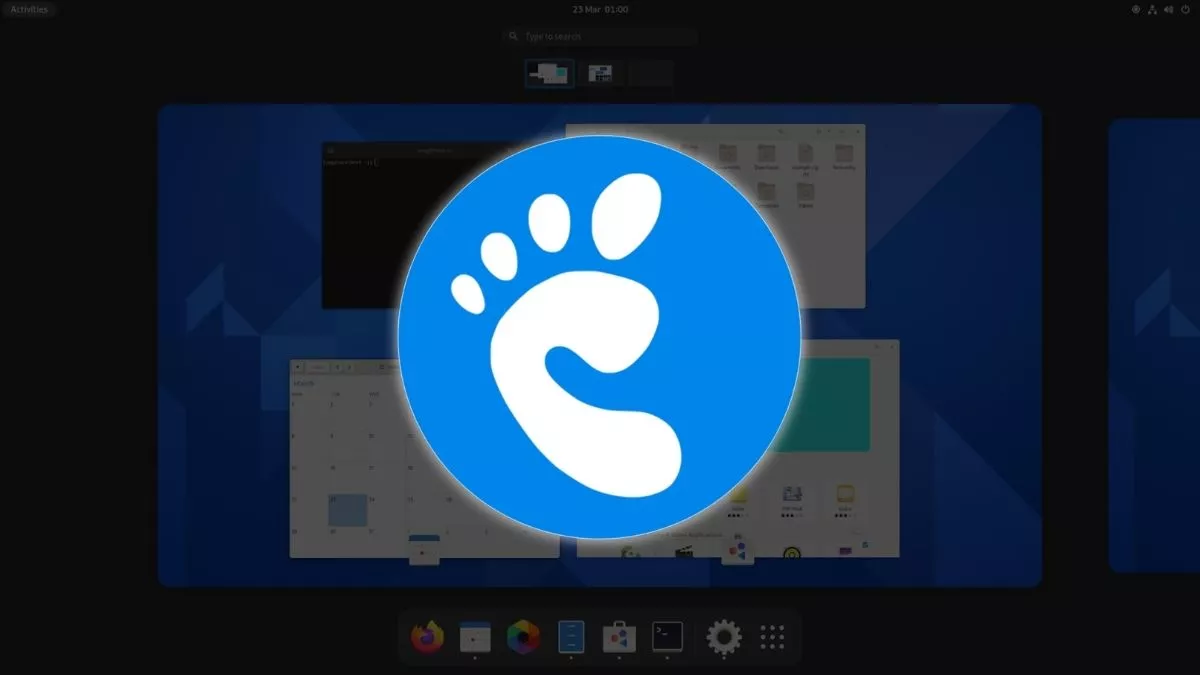
You may have seen/heard about the word GNOME when researching Linux. People often refer to it as one of the best Desktop Environments, but what exactly is it? In this article, let’s look at GNOME and its history.
GNOME: What is it?
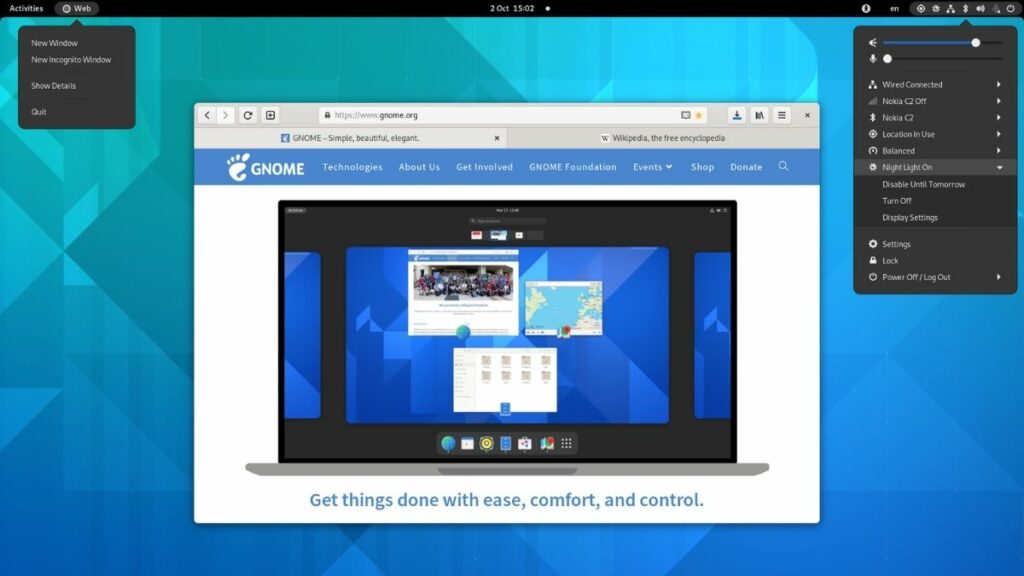
GNOME is pronounced ‘Gah-NOHM.’ It’s one of the most popular desktop environments out there apart from KDE, Cinnamon, Xfce, etc. It was first released in 1999 and was started by Miguel de lacaza and Federico Mena as a DE project. GNOME was an acronym for GNU Network Object Model Environment, but that’s no longer the case as it’s no longer a part of the GNU Project.
If your next question is, “But what exactly is a Desktop Environment?” We’ve explained briefly in our what is a Desktop Environment article. TL;DR, it’s the front-end, graphical user interface (GUI) that you interact with to get things done. For example: Interacting with the app menu to open Chrome, etc.
GNOME: History
One of the reasons why GNOME was created was due to a competitor called K Desktop Environment, which used the Qt widget toolkit and a proprietary license. In place of that, the GTK toolkit was used in GNOME. GNOME 1 was released in 1999 and was appreciated by Linux users worldwide. GNOME 2’s UI was similar to GNOME 1 but now had a launcher menu to access applications and a notifications area to access notifications.

GNOME 3, however, received severe backlash from the community for making bad UI decisions. Released in 2011, one of the first criticisms was due to the DE hiding maximize and minimize buttons by default. Of the people who criticized its devs was Linus Torvalds, the creator of Linux.
In a statement pertaining to the GNOME 3 release, Linus said, “The developers have decided that it’s ‘too complicated to do real work on your desktop, and have decided to make it annoying to do.” He abandoned it and returned to it later by highlighting the good things about the desktop environment.
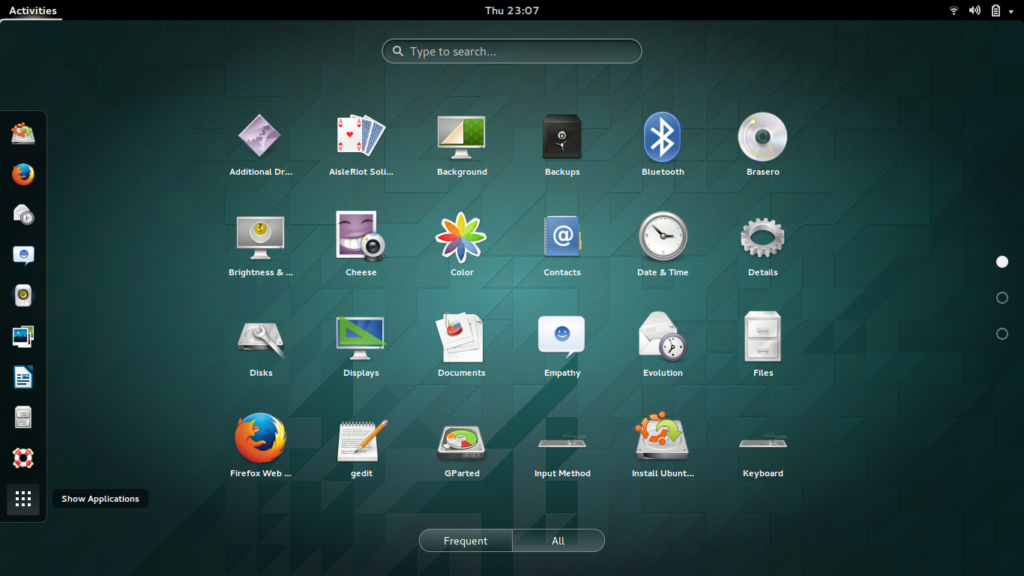
GNOME also has its own set of apps like Epiphany, Cheese, Geary, Rhythmbox, Calendar, etc. This keeps improving with new releases.
GNOME: The current scenario
GNOME 40 follows GNOME 3, adopting a new version numbering scheme. It was released in March 2021 and came with a great set of features that make it a good, modern-looking desktop environment. If you want to know more about GNOME 40, here are all the features it brought to the mix.

As of writing this, the current GNOME version is 41, which was released in September 2021. It mainly brought UI changes, feature additions, and improvements.
Do you like GNOME? Have you ever used it? Make sure to leave your thoughts and opinions in the comments section below.
If you like this simple explainer, check out our Short Bytes section. We take complex tech topics and break them into short, easy-to-understand articles.

